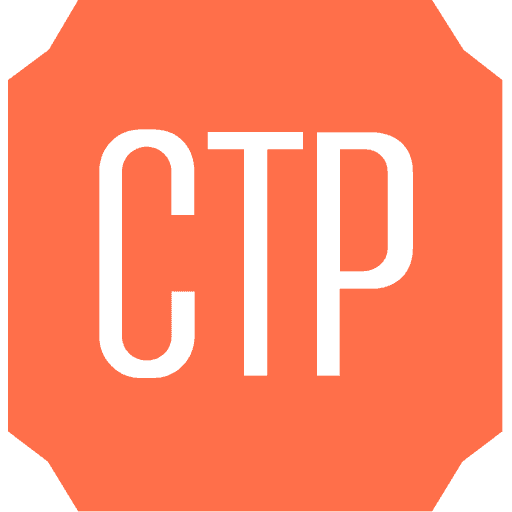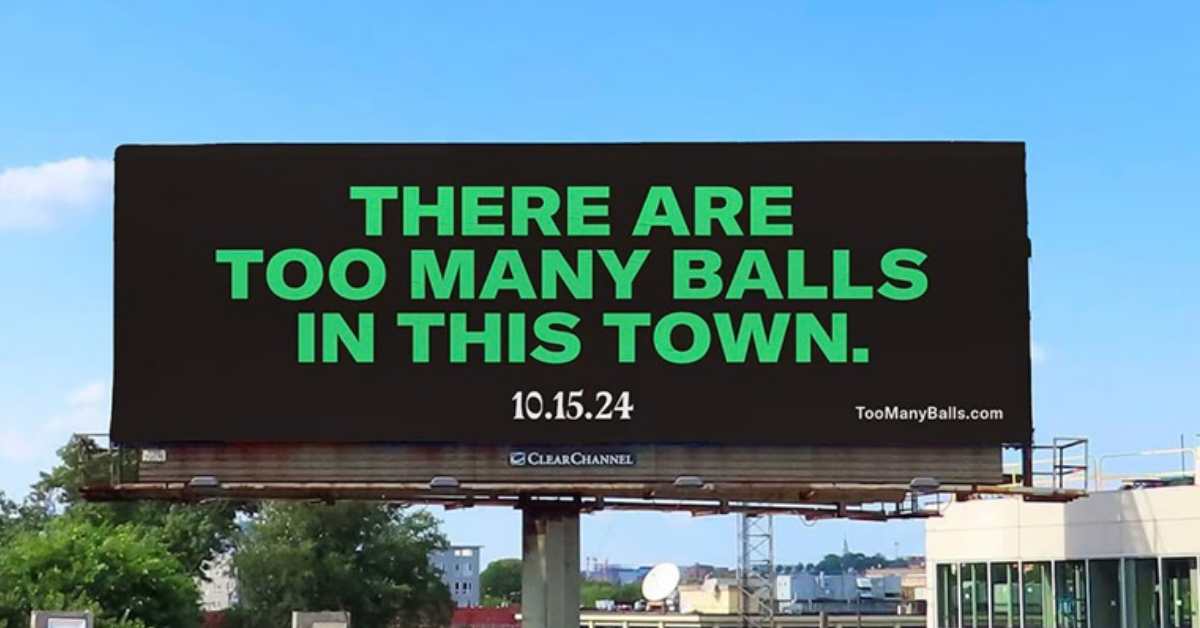Whether you’re a seasoned, well-established brand or one just embarking on the journey, you know the drill: taking your brand to the next level requires hard work, determination, creativity and an abundance of SEO. The discussion around search strategy has been in full swing for over two decades, and yet, companies still struggle to attain that elusive PageRank and optimize Search Engine Results Page real estate.
Sure, you could spend days sifting through the SEO guides posted in profusion across the Internet. You could read about keywords, link building, and various tags until your eyes glaze over. But here is my advice: keep your approach simple, focused and attainable.
Start with what I think are three fundamental, indisputable truths about search strategy.
1. Stay Out of Your Own Way
Most of the Search cuts I see and treat are self-inflicted. Companies want their website to stand out from the competition, have a beautiful layout, catch the eye, invent their own phrases, you name it. There’s no shortage of good-intentioned aspirations. And don’t get me wrong, big ideas are great! But too often these big ideas turn into bold moves before considering the SEO consequences.
For instance, wouldn’t it be grand to build an eye-catching site, complete with headers fading in and out and videos built into the design? Just remember – all that JavaScript is going to be heavy, ultimately slowing down the page load time. This will definitely lead to visitor exodus from the site if you aren’t careful about how you build it. Alternatively, say you’re a cruise line company and you think it sounds rather sophisticated to call your product Nautical Excursions. The problem is that people aren’t searching for nautical excursions, they’re searching for cruises, and if you don’t have cruises on your site, your potential customers won’t be able to find you!
That leads me to the crux of this tip. For search, staying out of your own way means accounting for best practices before building out that dynamic design template or packing your page copy with neologisms. There’s always a compromise that’ll allow your site to be found, and keep your page speed up and high-volume keywords in.
2. Websites are for People
As Search Engine Optimization has become a household term, there’s one misconception that often comes with it: that we’re chiefly trying to please search engines. Of course, this isn’t altogether false, but it critically misses the point. Websites are for people – they always have been, and they always will be.
I once had a client who had perfected all the technicalities of building an SEO-optimized website, but I pointed out a problem with one page title. It read: “Kids, Meet Your New Favorite Brand.” I argued that children won’t understand (much less be compelled by!) the concept of branding. And that’s my point – it’s critical to get the science part of websites right, but you better not lose the human element.
As time goes on, Google continues to refine its grand impression of a person in the way it scans and assesses websites. Google has gotten so good at it that the rule of thumb of search optimization is quickly becoming: optimize for people. And how do you do that? For the most part, it’s a pretty simple recipe: quality content & solid UX – give people what they came in search of, with the fewest barriers and as much information as you can.
3. Find Your True Competitors
Brands often have a vivid picture of who their competitors are, right? Frequently, the answer is no, at least when it comes to search. The danger of spending resources fending off the wrong competitors is that you’ll continue spinning your wheels while another brand quietly conquers the landscape.
One client I worked with insisted that their competitive focus should be on this other company that the CEO worked for previously. Since they knew this other company well, and had vultured each other’s employees, they saw each other as competitors. But in terms of search, they had very little common ground. The client wanted to optimize the site for the keywords that the competitor was winning – which is a good strategy, as long as those keywords are relevant to your site. This wasn’t the case here, so we were optimizing for keywords that weren’t on the site. As expected, not only did the client fail to gain traction on these competitor terms, but it damaged site traffic (a direct result of optimizing for irrelevant keywords). This misunderstanding could have been avoided by properly identifying competitors.
It’s easy to find out who your search competitors are: Google non-brand keywords that are central to your brand’s offering. Or if you’re a well-established brand, Google your name and see if other brands are bidding on your name (aka, paid search ads). The results may not be who you expect, but make no mistake: these are your true competitors, in that when people search for you or what you offer, they get confronted with these brands instead. To capture the most Impression Share and SERP real estate, you have to see who you’re really up against.





